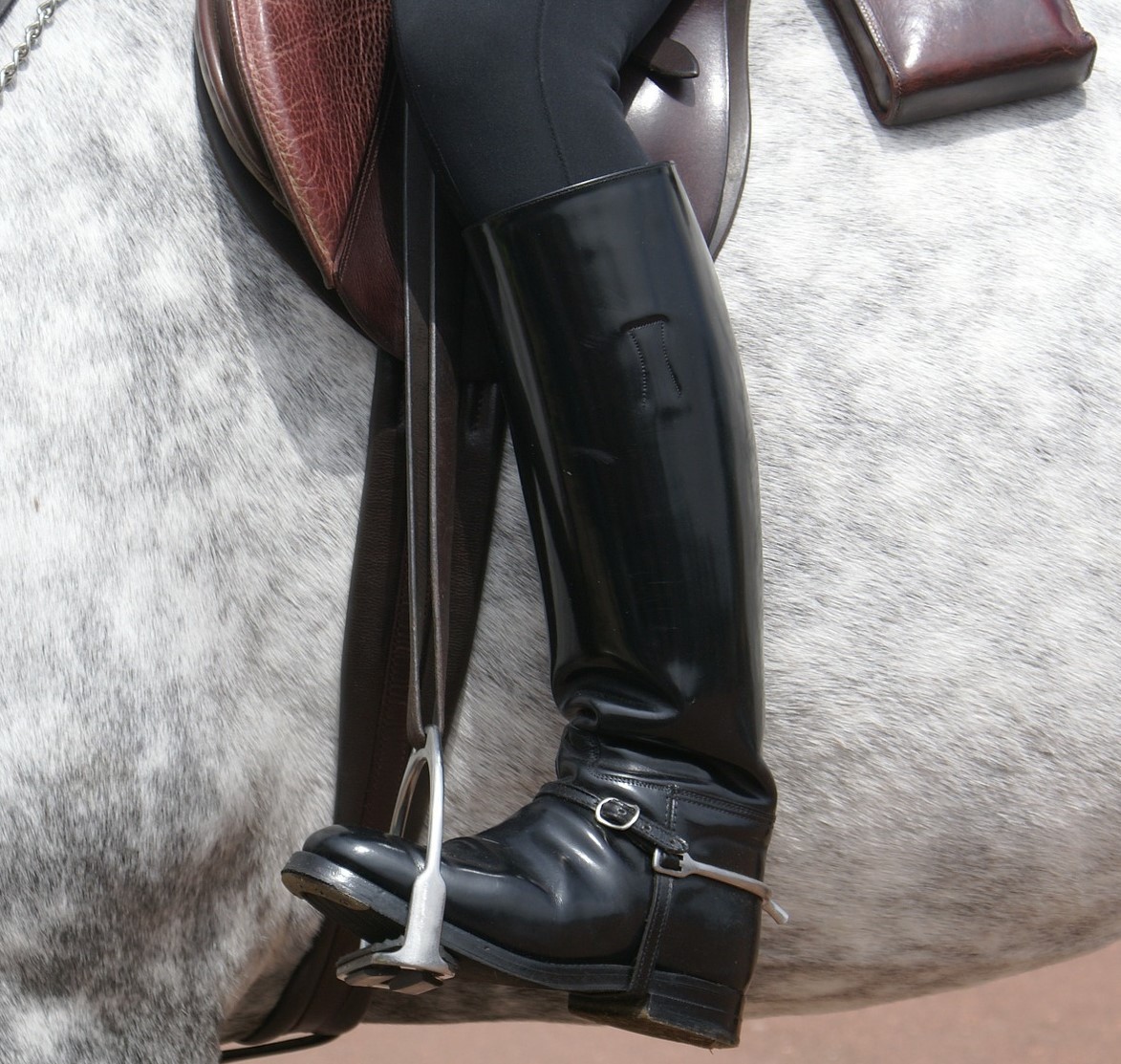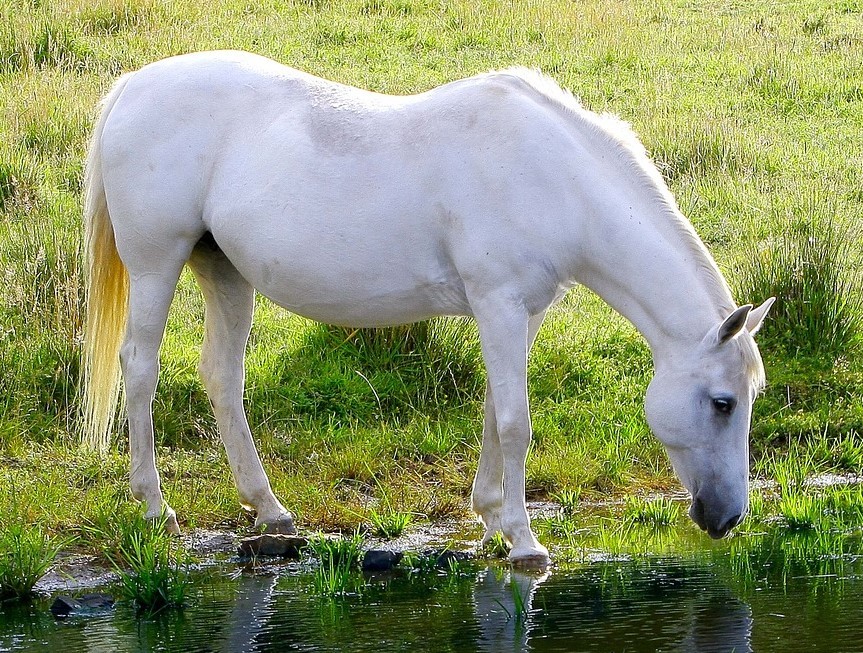A saddle that 'bridges' is one that makes more contact with the horse's back under the points of the tree and under the back of the panels than it does through its middle. This worries people because they are concerned about pressure being concentrated under the front and back of the saddle instead of it being spread evenly along the length of the saddle tree/panels.
In order to address this topic, it is important to first understand that when he is efficiently using his body as nature intended, a moving horse will lift his back to enable correct engagement of the hind legs and subsequent lightening of the forehand; however, when he is standing still, it is biomechanically correct for him to have more weight on his forelegs and for him to drop/hollow his back a little.
This means that in order for a saddle to make even contact with the horse's back (via the pads) during movement, the saddle will have to bridge very slightly when the horse is standing still.
However, it is important to note that while BALANCE Saddles are designed to accommodate natural biomechanically correct movement, not all riding styles and practices encourage it - in fact some may even hinder, interfere with, or restrict the horse. So, if the horse is being ridden in such a way that encourages or forces him to drop/hollow his back during movement, or if he has developed a habitual pattern of a hollow back which now hinders his ability to actually lift his back when needed, a saddle that bridges may well start to cause a problem. However, in this case, for the sake of the well-being of the horse, it is essential to adopt a riding style and/or groundwork practices which will help him to recover a more natural, bio-mechanically correct posture, rather than fitting a saddle with curved panels that will, in effect, lock his back into an unnatural hollow posture preventing any hope of recovery.


